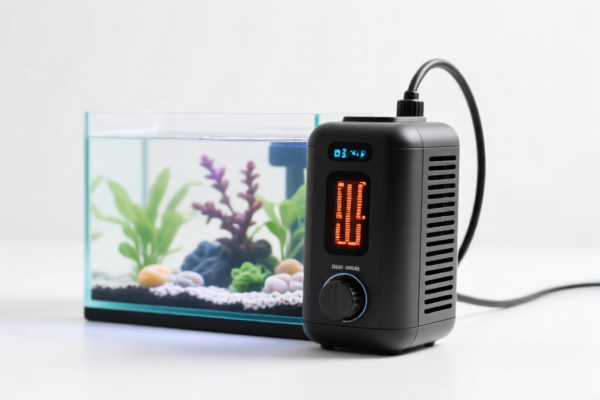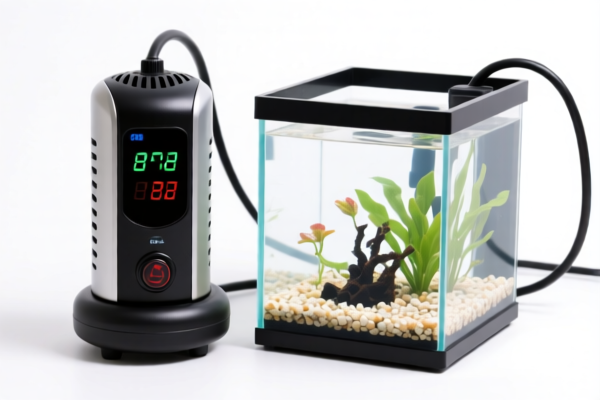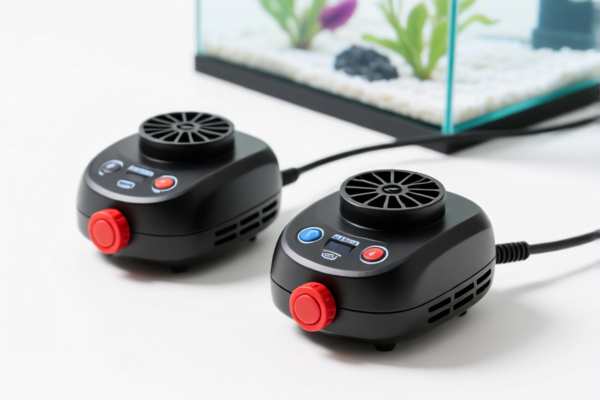| HS Code | Official Doc | Tariff Rate | Origin | Destination | Effective Date |
|---|---|---|---|---|---|
| 8516100040 | Doc | 37.5% | CN | US | 2025-05-12 |
| 8545904000 | Doc | 55.0% | CN | US | 2025-05-12 |
| 8545194000 | Doc | 55.0% | CN | US | 2025-05-12 |
| 9615902000 | Doc | 38.1% | CN | US | 2025-05-12 |
| 8543708000 | Doc | 55.0% | CN | US | 2025-05-12 |
| 8543708000 | Doc | 55.0% | CN | US | 2025-05-12 |
| 6914108000 | Doc | 64.0% | CN | US | 2025-05-12 |
| 6914908000 | Doc | 60.6% | CN | US | 2025-05-12 |
| 6909195095 | Doc | 59.0% | CN | US | 2025-05-12 |
| 6909900000 | Doc | 59.0% | CN | US | 2025-05-12 |
| 9106908500 | Doc | 15¢ each + 2.3% + 0.8¢/jewel+55.0% | CN | US | 2025-05-12 |
| 9106906500 | Doc | 15¢ each + 2.3% + 0.8¢/jewel+55.0% | CN | US | 2025-05-12 |
| 9114904000 | Doc | 46.3% | CN | US | 2025-05-12 |
| 9114905000 | Doc | 41.7% | CN | US | 2025-05-12 |




Aquarium Heaters
Aquarium heaters are devices used to maintain a stable and desired water temperature in an aquarium. Consistent temperature is crucial for the health and well-being of most aquatic species, as fluctuations can cause stress, illness, and even death.
Material
Aquarium heaters are typically constructed from a combination of materials:
- Glass: Often used for the heater body, providing a robust and chemically inert enclosure.
- Metal: Stainless steel or titanium is used for the heating element itself, chosen for its corrosion resistance and efficient heat transfer.
- Plastic: Used for the heater guard (to prevent fish contact), controller housing, and sometimes the outer body. The plastic must be aquarium-safe and resistant to degradation in water.
- Silicone Rubber: Used for seals and sometimes as a coating for the heating element for electrical insulation.
Purpose
The primary purpose of an aquarium heater is to:
- Maintain Temperature: Keep the water at a consistent temperature suitable for the specific fish, invertebrates, or plants housed in the aquarium.
- Prevent Temperature Fluctuations: Counteract ambient temperature changes in the room.
- Support Biological Processes: Provide a stable environment for beneficial bacteria and other biological processes essential for a healthy aquarium ecosystem.
Function
Aquarium heaters function based on the principle of electrical resistance heating.
- An electrical current passes through a resistive heating element immersed in the water.
- This resistance generates heat, warming the surrounding water.
- A thermostat controls the heater, cycling it on and off to maintain the set temperature.
- Many heaters incorporate a bimetallic strip or electronic sensor to detect water temperature and regulate the heating element.
- Some models include automatic shut-off features to prevent overheating if removed from the water or if the heating element malfunctions.
Usage Scenarios
- Tropical Fish Aquariums: Essential for maintaining the warm temperatures (typically 75-82°F / 24-28°C) required by most tropical species.
- Reef Aquariums: Critical for coral health, often requiring precise temperature control.
- Species-Specific Tanks: Used when housing fish or invertebrates with specific temperature needs.
- Hatchery/Breeding Tanks: Maintaining stable temperatures is vital for successful egg incubation and fry development.
- Hospital Tanks: Used to provide optimal conditions for sick or injured fish, often involving slightly elevated temperatures to boost immune function.
Common Types
- Submersible Heaters: The most common type, fully immersed in the water. Often feature a protective guard to prevent fish contact.
- Immersible Heaters: Partially submerged, with the heating element and thermostat below the waterline, and the controller above.
- Inline Heaters: Installed in the filter tubing, heating the water as it passes through. Suitable for larger tanks and sumps.
- Magnetic Heaters: Attach to the side of the aquarium using magnets, offering convenient placement and discreet operation.
- Titanium Heaters: More corrosion-resistant than stainless steel heaters, suitable for saltwater aquariums with high bioloads.
- Digital Heaters: Feature precise digital temperature controls and displays, allowing for accurate temperature setting and monitoring.
- Millipede Heaters: Long, thin heaters designed to distribute heat evenly throughout larger tanks.
Aquarium heaters are electrothermic appliances used for domestic purposes, specifically for maintaining water temperature in aquariums.
Here are the relevant HS codes based on the provided reference material:
- 8516100040: This HS code falls under Chapter 85 (Electrical machines and apparatus; parts thereof). Specifically, it covers Heading 8516 (Electric instantaneous or storage water heaters and immersion heaters; electrothermic hairdressing apparatus and hand dryers; electric flatirons; other electrothermic appliances of a kind used for domestic purposes; electric heating resistors, other than those of heading 8545; parts thereof). The Subheading 8516100040 specifically refers to Electric instantaneous or storage water heaters and immersion heaters, Storage water heaters. The current tax rate is 37.5% (0.0% basic tariff + 7.5% additional tariff, increasing to 30.0% additional tariff after April 2, 2025).
- 8516900000: This HS code also falls under Chapter 85, Heading 8516. However, this covers "Other electrothermic appliances of a kind used for domestic purposes". This could be applicable if the aquarium heater doesn't strictly fall under the definition of a storage water heater. The current tax rate is 37.5% (0.0% basic tariff + 7.5% additional tariff, increasing to 30.0% additional tariff after April 2, 2025).
Important Note: When declaring aquarium heaters under HS code 8516100040 or 8516900000, it is important to accurately describe the appliance's function and intended use to ensure correct classification.
Customer Reviews
No reviews yet.